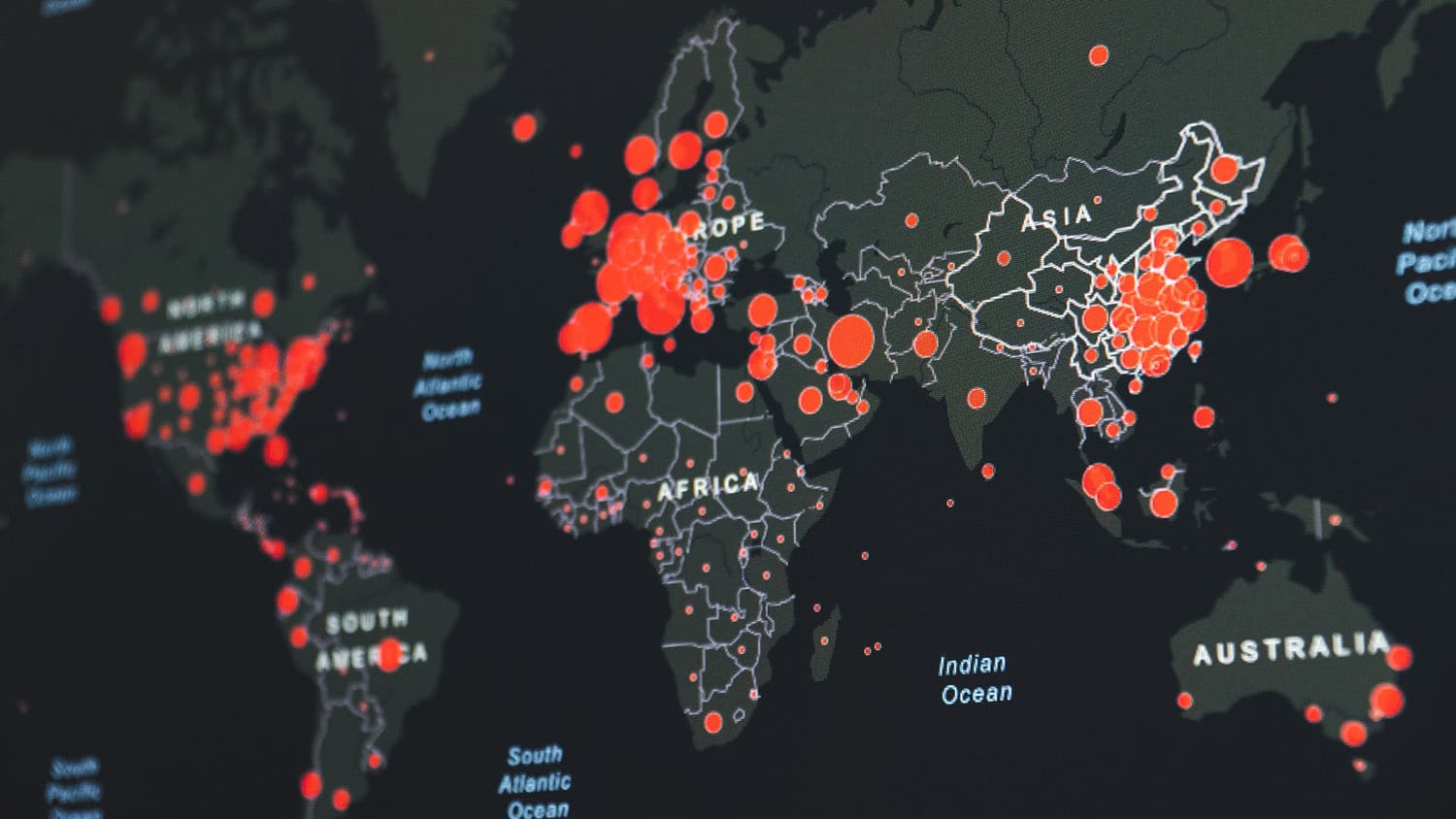Podcast: Digital Mapping and the Pandemic


Digital mapping is a versatile tool. It can be used for everything from real time navigation to tracking the course of a pandemic. Adriana de Souza e Silva is a professor of communication here at NC state who studies grassroots digital mapping projects. She recently did a study on grassroots efforts to make the pandemic visible in low income communities; specifically, in Brazil, in Rio’s favelas.
“Mapping has a long history, but the main difference today is that with global positioning systems, and geographic information systems, the maps are centered around ourselves,” de Souza e Silva says.
This centering, coupled with the ability to collect and crowdsource information allows us to use maps to really connect with other people.
De Souza e Silva points to the way citizens of Brazilian favelas used digital mapping of COVID-19 cases as an example of digital mapping’s ability to create community.
“Favelas are a special case when it comes to tracking cases – the municipal government often doesn’t have the number of cases because they just get the official cases and people who live in slums, they often don’t have official addresses,” de Souza e Silva says. “They don’t even show in official maps because the streets are not part of the city – they don’t have numbers and they don’t have zip codes.
“When people get tested, they have to provide an address. They’re going to provide an address of the closest neighborhood or a store that’s in a close neighborhood. And when that data comes and the test result comes, it’s assigned to that other neighborhood and not to the slum. So in the official dashboard, it doesn’t look like slums have cases because the cases are not assigned to the slums.”
In March 2020, community leaders in the favelas realized that people were getting sick and dying, but nobody knew the scope of the pandemic in the favelas.
The communities began collecting data through digital mapping apps like WhatsApp and door to door canvassing. Eventually an NGO came on board with a free platform that they could load the data into that would give them a case tracking dashboard similar to the one used by Johns Hopkins in the U.S.
According to de Souza e Silva, this grassroots initiative was unique.
“This was a project created by the networking efforts of over 300 slums in Rio, and I haven’t seen that anywhere else,” she says. “I think one of the things that was important about this dashboard is how it created and strengthened community ties. So it’s more than just plotting numbers on a map. It’s about how you connect to other people, how you help.”


